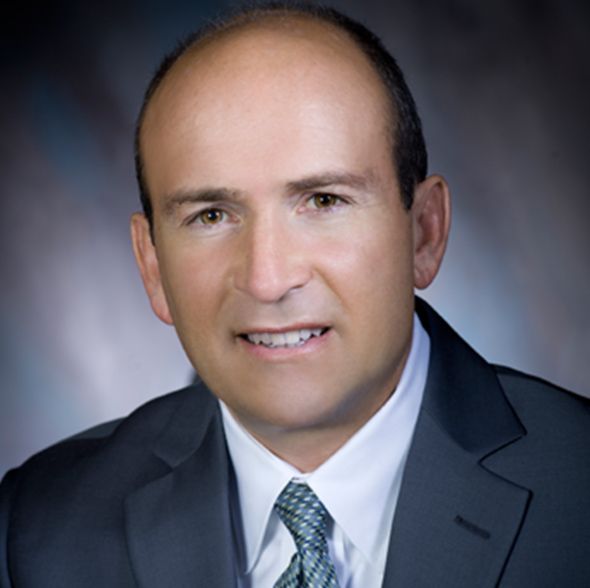Many businesses lease office space, warehouses and agricultural land to operate their business. These businesses will typically borrow money to purchase assets and their lenders will require the assets to be pledged as collateral for the loan. A lender will file a UCC-1 financing statement with the California Secretary of State to establish a lien and perfect its security interest on the assets. If the purchased assets (such as a pump for a well) will be permanently attached to the land (in which case the assets are referred to as “fixtures”), the lender will also record the file-stamped UCC-1 financing statement with the County Recorder’s Office. This protects the lender as anyone that searches the County records will see that the lender has a security interest in the fixtures.
An issue recently arose in which a tenant borrowed money to purchase equipment that would be permanently attached to the owner’s land (thus being a fixture). The lender filed a UCC-1 financing statement with the California Secretary of State to perfect its security interest in the equipment and also recorded the filed UCC-1 financing statement with the Monterey County Recorder’s Office. The lease ended, the tenant left the fixtures in place and vacated the land. The property owner went to sell the property and when the title company ran a title report, the recorded UCC-1 financing statement appeared as a lien against the property. The property owner had no way of contacting the former tenant and had never dealt with the lender. The owner needed to have the UCC-1 financing statement removed as a lien to convey clear title to the property.
California Commercial Code Section 9502 details the requirements for a valid UCC-1 financing statement. Subsection (b) states that for any financing statement of goods that are to become fixtures, the financing statement must: (1) state that (i) it covers this type of collateral and (ii) it is to be recorded in the real property records; (2) provide a description of the real property to which the collateral is related sufficient to give constructive notice of a mortgage under the law; and (3) if the borrower does not have an ownership interest in the real property, then it must state the name of the real property owner. In addition, most counties have their own specific requirements in order for any UCC-1 financing statement that is recorded to be deemed a valid lien on the real property.
In the case at hand, the recorded UCC-1 financing statement did not meet any of the requirements detailed in Commercial Code Section 9502(b). The owner did not have to do anything to remove the lien as the title company understood it was not a valid lien against the owner’s property. Therefore, the owner was able to convey clear title to the property.
This article is written by Patrick Casey, who is a business attorney with the JRG Attorneys At Law firm in Monterey. You may reach the author at (831) 269-7114 or at patrick@jrgattorneys.com.
Meet the Author

